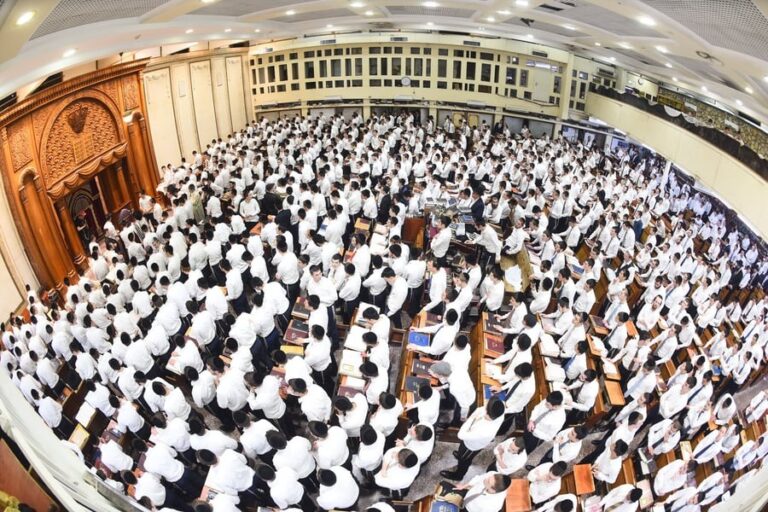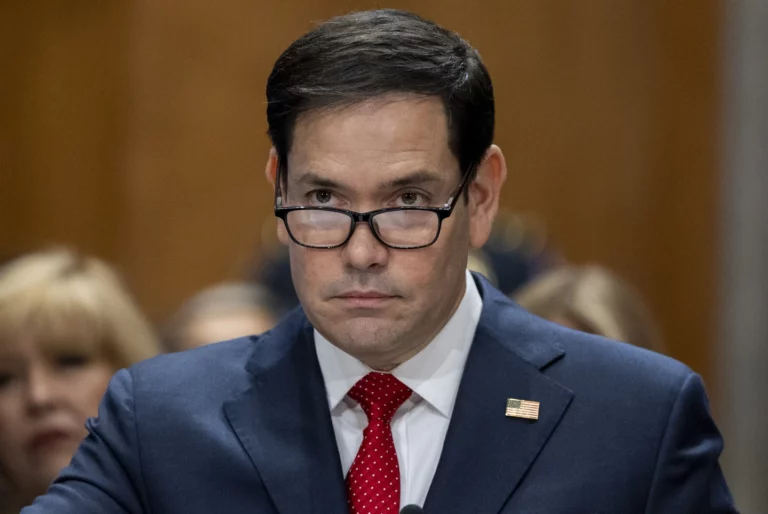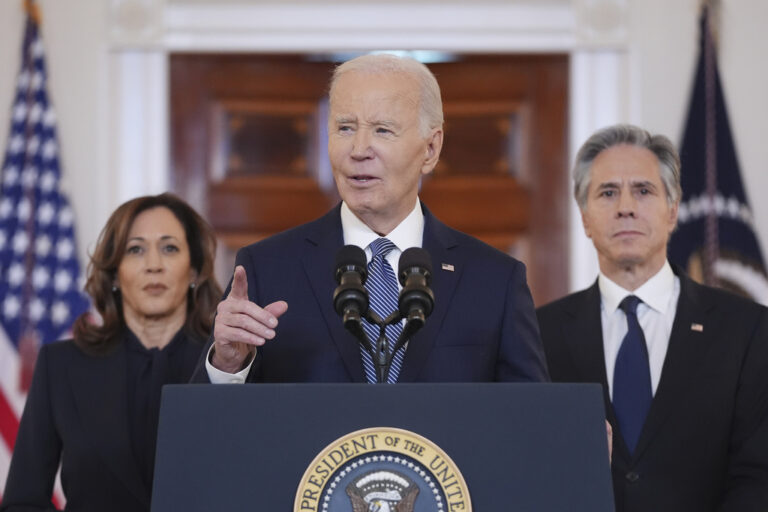As Congress and the White House resume their efforts to agree on a new economic aid package, evidence is growing that the U.S. economy is faltering. And so is concern that the government may not take the steps needed to support hiring and growth.
“We’re in a pretty fragile state again,” warned Nancy Vanden Houten, lead economist at Oxford Economics, a consulting firm. “The economy needs another shot in the arm.”
With unemployment still at a high 11.1% and hiring potentially slowing in July, the economy is likely to weaken further without more government aid, economists say. Few agree with White House economic adviser Larry Kudlow’s assertion on Sunday that the nation is on a V-shaped recovery path, in which the sharp recession that began in February would be followed by a quick rebound.
What’s needed, most economists say, is continued extra aid for tens of millions of unemployed Americans, along with more funding for state and local governments and more grants for struggling small companies, many of which could go out of business.
Yet even with the viral outbreak intensifying and nearly half of Americans whose families have endured a layoff saying they fear those jobs are lost forever, Congress isn’t anywhere close to agreeing on the outlines of a package even as a $600-a-week federal payment to the unemployed has expired.
The debate coincides with worrisome signs about the job market and the economy. The number of laid-off workers who have applied for unemployment benefits has topped 1 million every week for 18 straight weeks. Before the pandemic, that figure never exceeded 700,000. Real-time data shows that Americans’ visits to shops and restaurants have leveled off after having grown in May and June. Air travel fell last week compared with the week before.
As Congress struggles to reach a compromise on a new financial rescue plan, the main sticking point is the supplemental federal unemployment aid, which provides $600 a week on top of whatever benefit each state provides.
The White House wants to replace the enhanced benefit with a payment that would vary by state but would combine with a state unemployment benefit to replace 70% of recipients’ previous income, likely with some cap for high-income earners. On average, state benefits are equivalent to 45% of workers’ former incomes.
Senate Republicans favor reducing the $600 to a flat payment of $200, possibly as a bridge to a 70% replacement system. The flat payment had been adopted in March because most states’ unemployment systems use antiquated software that cannot adjust individual payments using a percentage formula.
The Democratic-led House has already approved legislation that would extend the $600 through January. Research has shown that, counting the $600 a week in federal aid, roughly two-thirds of those out of work are receiving more money from their jobless benefits than they earned at their previous jobs. That conclusion has fueled Republican concerns that the extra aid has discouraged some of the unemployed from returning to work, potentially slowing the recovery.
Many small businesses have said the $600 weekly federal benefit has made it harder for them to fill jobs. But some unemployed people are reluctant to return to work because they fear becoming infected. And others have tried and failed to find any work.
One new finding suggests that the federal jobless benefit hasn’t broadly kept people from going back to work. In a paper released Monday, a group of economists and doctoral students at Yale University found that unemployed people with larger percentage gains in their benefits were no less likely to return to work than those with smaller increases.
When the unemployment rate is as high as it is now, economists generally worry less about disincentives, because so few jobs are available. It’s when unemployment is low and people who are out of work know that jobs are widely available that the disincentive to work would more likely apply.
William Spriggs, chief economist at the AFL-CIO, argued that the 7.5 million jobs that the economy added in May and June suggest that most of the unemployed will take a job offer when unemployment is high, because they know another opportunity may be hard to find.
“This is the last lifeboat leaving, and if you don’t get on it, you’re toast,” Spriggs said. Most workers also prefer the security of a job over a temporary, if generous, benefit, he said.
Jeremiah Spelts is among those who would like to find new work. Spelts, 41, earned more money from his diesel mechanic job, which he lost in June, than on unemployment. He worked in the oil fields in Wyoming until his employer of two years ran through their Paycheck Protection loan from the government and oil prices fell.
Still, the extra $600 has made it possible for him to cover all his bills.
If that goes away, “I would literally start losing things,” he said. “The first to go would be my apartment and utilities.”
On other issues, Senate Republicans have indicated that they oppose further aid to state and local governments, though they support more money for schools. The House Democrats’ bill provides $1 trillion for state and local governments. Both parties support additional funding for small businesses, but Senate Republicans are considering limiting new grants to businesses whose revenue has shrunk at least 50%.
Michael Strain, an economist at the right-leaning American Enterprise Institute, says he supports reducing the extra benefit to roughly $200 a week. But says that the money saved from that cut should be pumped back into the economy. He favors more aid for state and local governments to prevent them from making any further layoffs, and more funds for small businesses.
“The goal is to support the economy and support consumer spending, without disrupting work incentives,” Strain said.
But Scott Shane, an economics professor at Case Western Reserve University, said he thinks aid should focus more on the unemployed than on small businesses, because many companies may not survive, particularly those involved in in-person services such as restaurants, bars and hotels.
The benefit of keeping a restaurant open, for example, is limited, even if it pays all its employees, Shane said. It won’t order food or new equipment from its suppliers, which, in turn, have to cut jobs. And there’s no way to know at this point when restaurants and other in-person businesses will reopen.
In fact, the potentially open-ended nature of government aid keeps Shane up at night. Congress approved a $2 trillion package in March. The aid Congress is considering now will likely top $1 trillion.
“Are we going to do this twice more every six months going forward?” he asked. ”You can’t just borrow forever.”
(AP)












One Response
Im afraid Chelemer Khal is in charge , Hashem Yarachem , No JOKE